Battle of the Elms
The scars of a remarkably organized public protest to save 13 elm trees are still visible in this Stockholm park.
As the city of Stockholm grew in the 1960s and 70s, the demand for public transportation grew with it. The blue metro line was added to connect downtown Stockholm with the expanding suburbs northwest of the city. But the construction of the end station at Kungsträdgården caused clashes between protesters and police that would prove to be a turning point in Swedish politics.
It all started after construction workers found cracks in the subway structure. It was decided that repairing the cracks would be too difficult and so the planned entrance to the metro had to be moved, and consequently 13 elm trees were to be cut down.
The decision seemed reasonable, especially given that Stockholm parks manager Holger Blom had assessed the trees wouldn’t last much longer anyway due to their age. An advertising campaign was started to convince the public that this was the best way forward, the city council made a formal decision, and the government approved the plan. All was set—at least that was what the politicians thought.
When construction workers came to cut down the trees they were met by thousands of protesters who wanted to save the elms. Some of them had climbed the trees to prevent them from being cut down. The protesters were well-organized; they had made phone lists to be able to mobilize the masses quickly in case the police would make a move or start cutting down the trees during the night.
The situation escalated and on the 12th of May, 1971, when officers on horseback charged the demonstrators and batons and dogs were used by the police. Protected by the officers, some construction workers even started cutting the trees down, but soon had to stop since their safety couldn’t be guaranteed.
After a week of protests the politicians finally gave into the pressure and decided to move the entrance of the new metro station to a property east of the park. This is seen as a turning point in Swedish politics, after which politicians were forced to pay more attention to the people’s opinions and demands.
Most of the elm trees can still be found in Kungsträdgården and one of them still bear the scars from a chainsaw from that day in May 1971. Not only did the trees survive the Battle of the Elms, they also turned out to live much longer than the parks department in Stockholm City had predicted back in the seventies.
Know Before You Go
The elm trees can be found in the park at Kungsträdgården in downtown Stockholm. It is right next to the end station of the blue metro line bearing the same name. The trees are all placed around Erik Glemme's tea house.





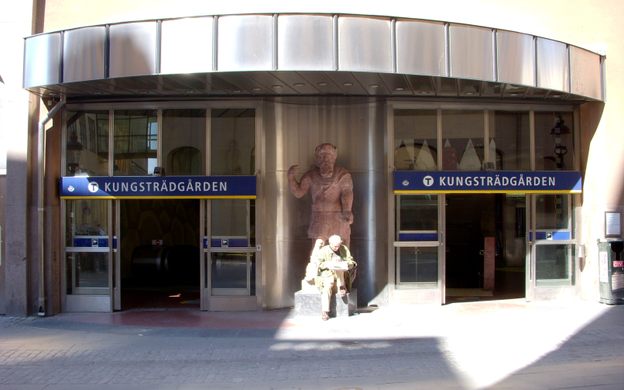
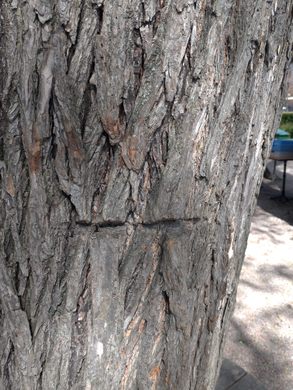
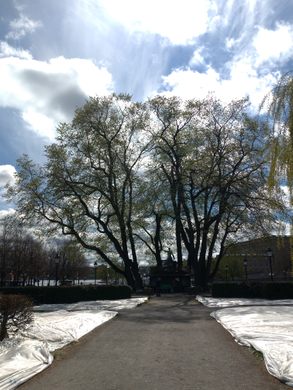




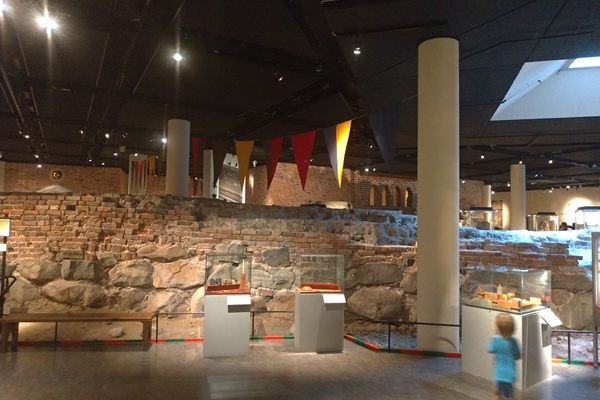


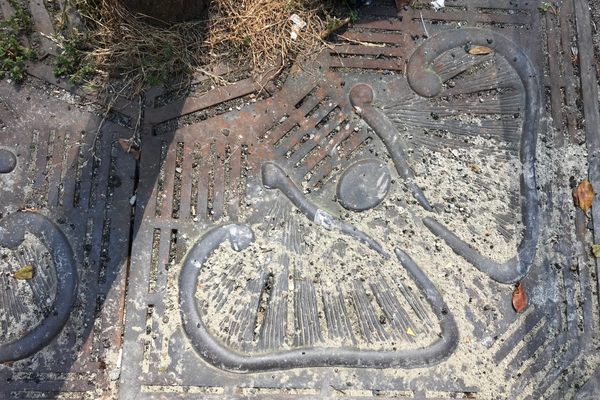
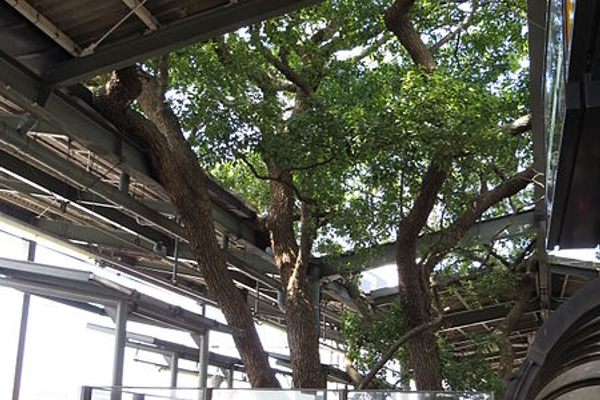

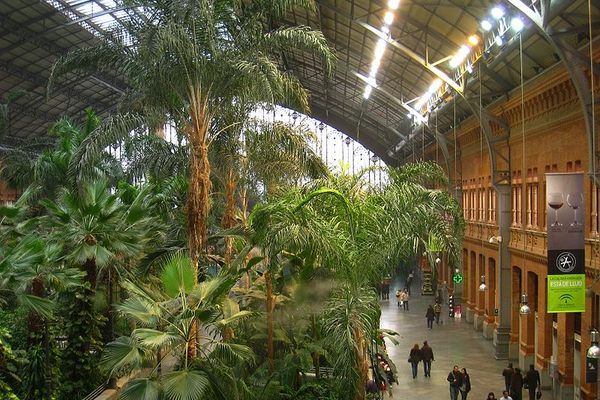

Follow us on Twitter to get the latest on the world's hidden wonders.
Like us on Facebook to get the latest on the world's hidden wonders.
Follow us on Twitter Like us on Facebook